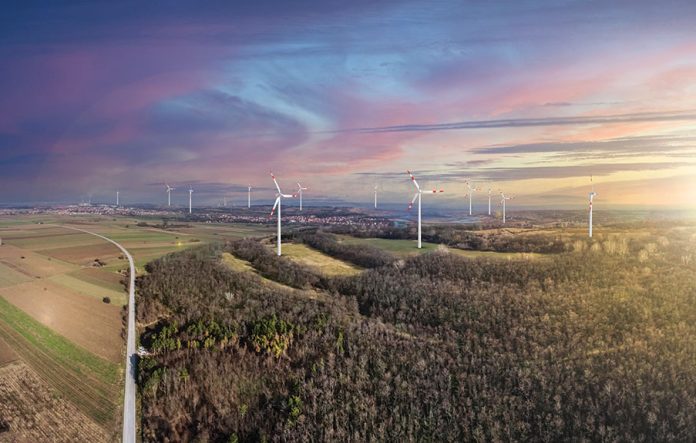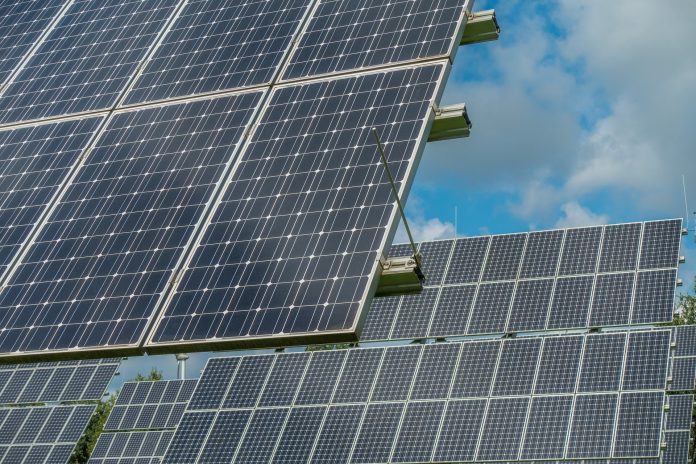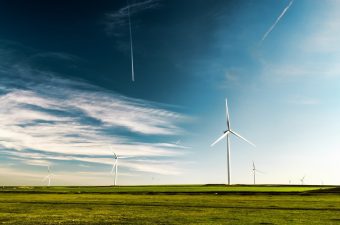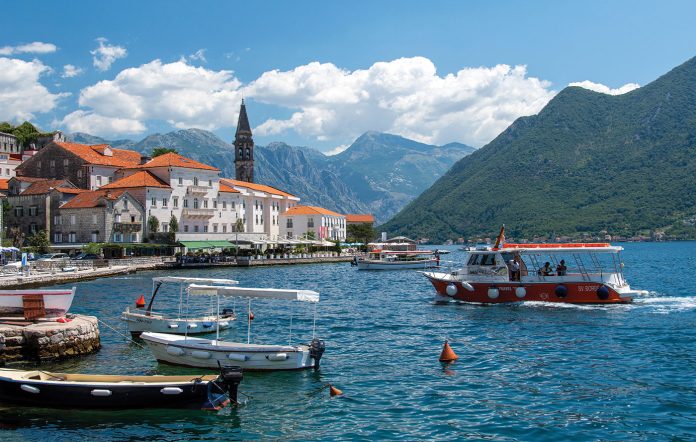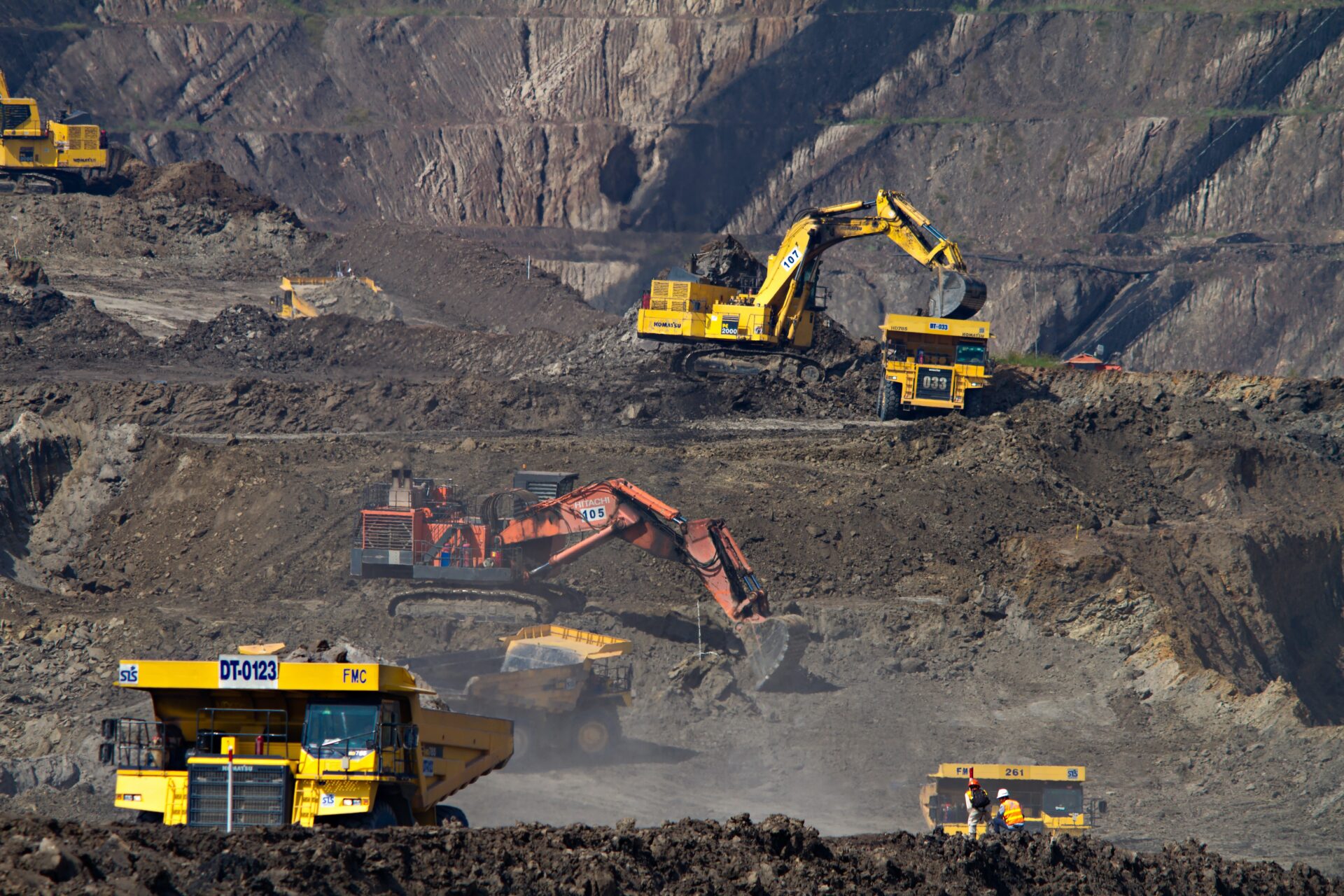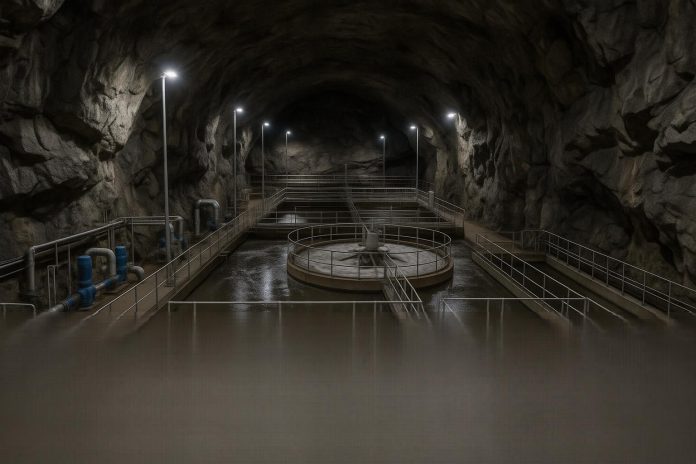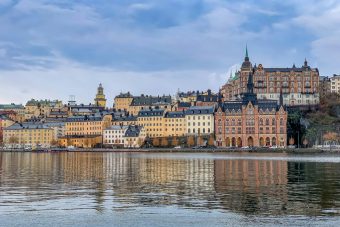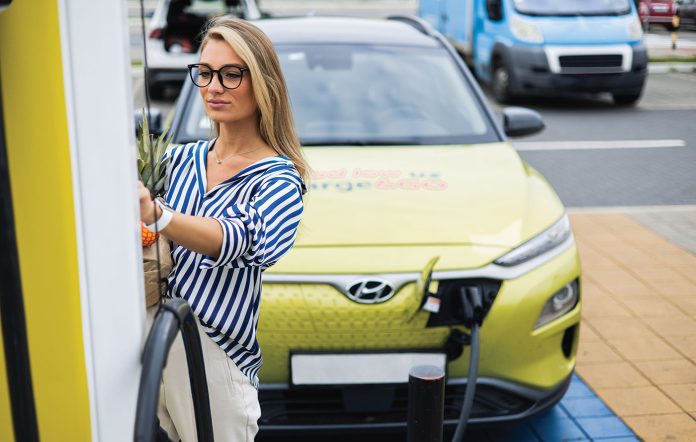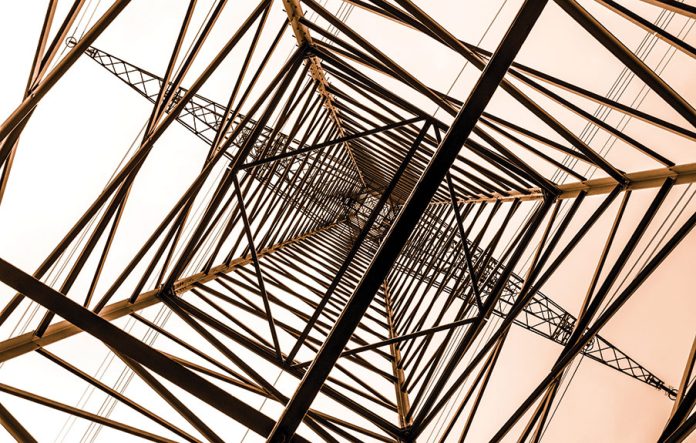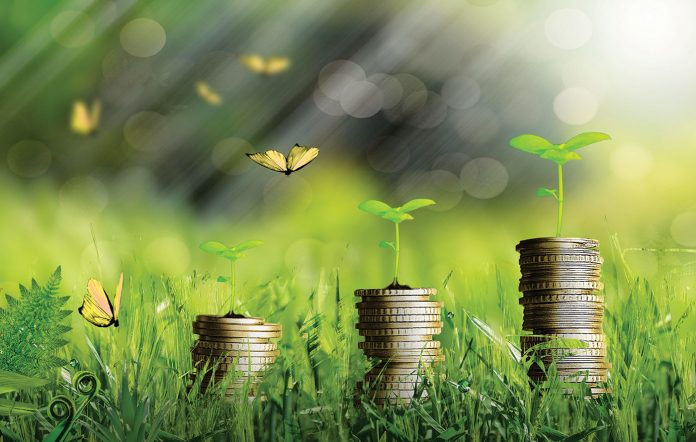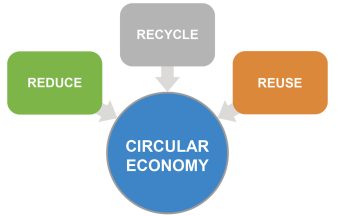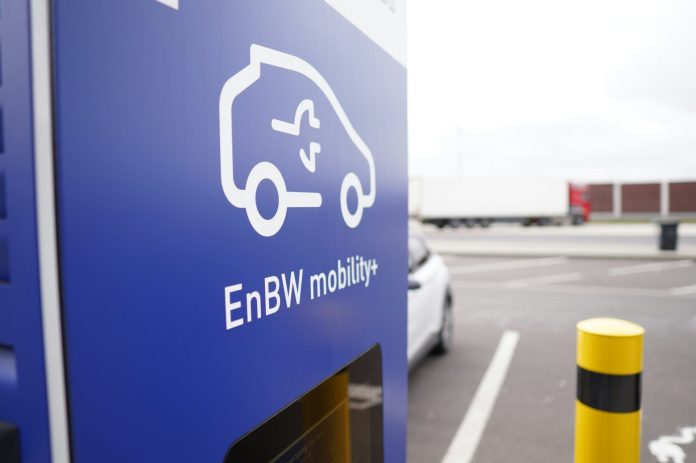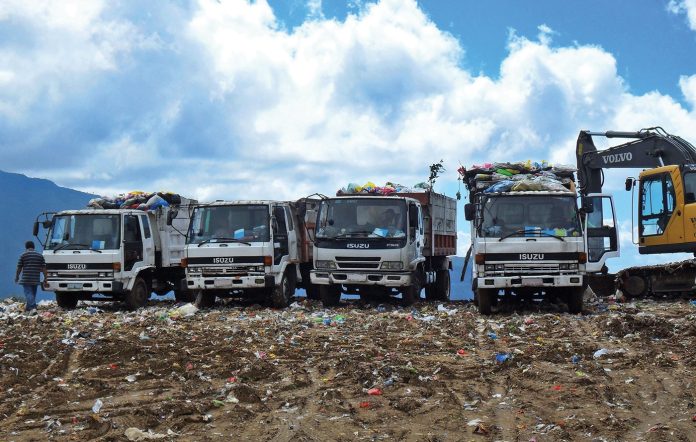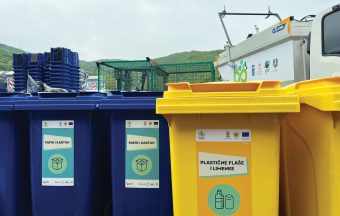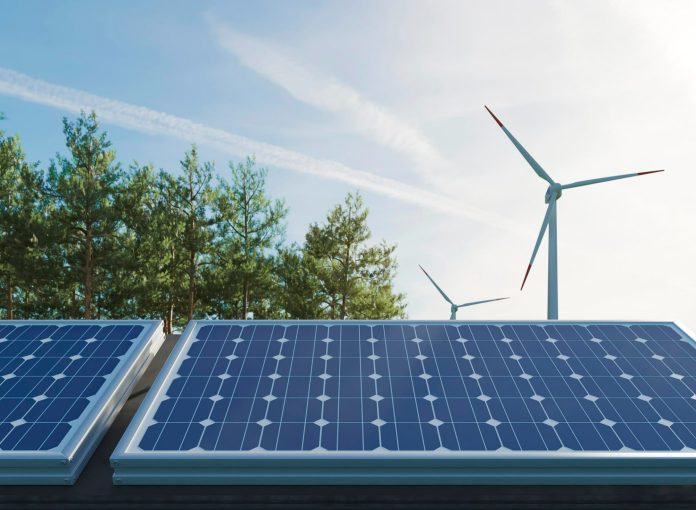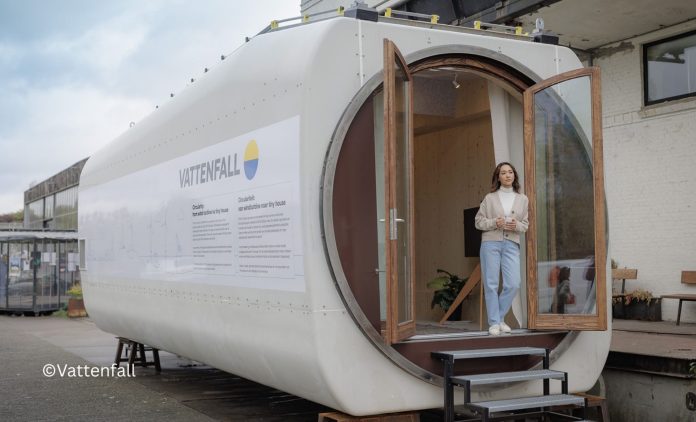Elektroprivreda Srbije (EPS) has completed the installation of all 20 wind turbines within its first wind farm in Kostolac, marking the entry of this significant project into its final phase. The wind turbines, standing 179 meters tall, are distributed across former open-pit mines and disposal sites, making this project a prime example of repurposing exploited mining areas into renewable energy facilities.
The total capacity of the wind farm is 66 MW, with an expected annual production of approximately 187 million kilowatt-hours of electricity. This is enough to supply around 30,000 households in Serbia. Each wind turbine has a capacity of 3.3 MW. In addition to their installation, construction of a substation, switchgear, and internal cable network within the wind farm is still pending, according to a statement from EPS.
The project is financed through a €110 million loan from the German Development Bank KfW, with an additional €30 million provided via the WBIF fund. The wind farm is expected to be connected to the power grid by the end of this year.
More:
- Learning Under the Canopy: Belgraders Attend Tree Workshop by the Danube
- Planned Construction of a 250 MW Wind Farm Near Aleksinac
- Energy Balance for 2025: Serbia Increases Solar and Wind Energy Production
In parallel with the completion of the wind farm, all solar panels have been installed at the “Petka” solar power plant, also located in Kostolac. This facility is expected to be connected to the grid by the end of May, as explained by EPS General Director Dušan Živković in an interview for RTS.
Alongside these projects, preparations are underway for another strategic endeavor—the construction of the reversible hydroelectric power plant “Bistrica.”
With a coal stockpile of 1.7 million tons at thermal power plant depots and reservoir capacities of 400 GWh, EPS also plans to increase reserves over the next month—by 10 percent in coal depots and by 20 percent in reservoirs—to further enhance energy security, Živković added.
Energy portal


